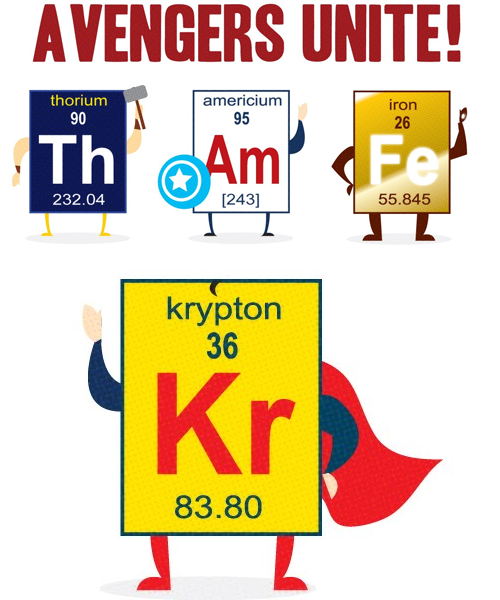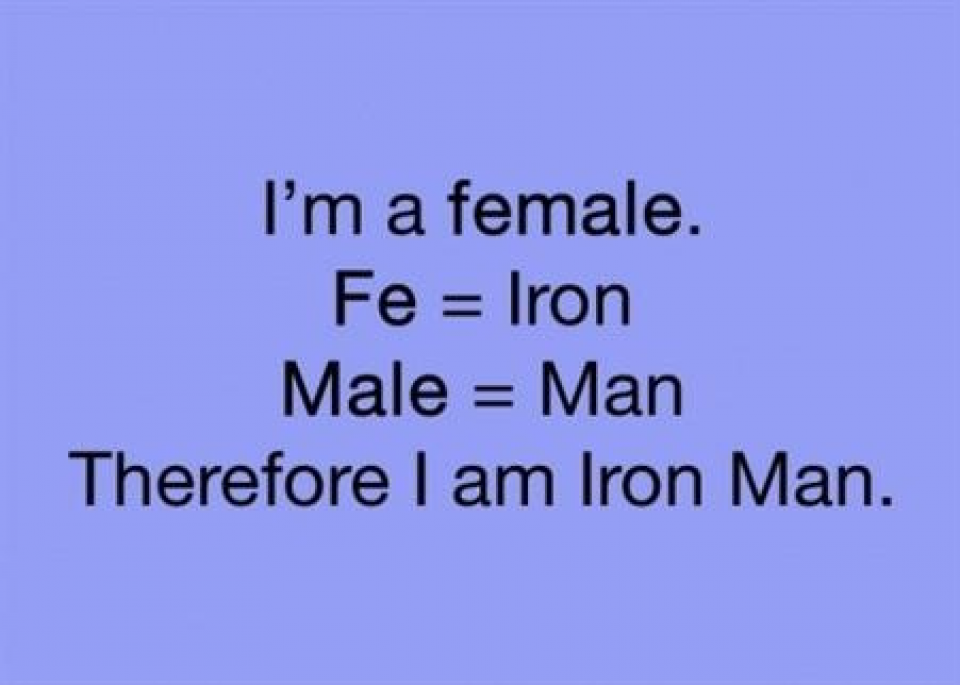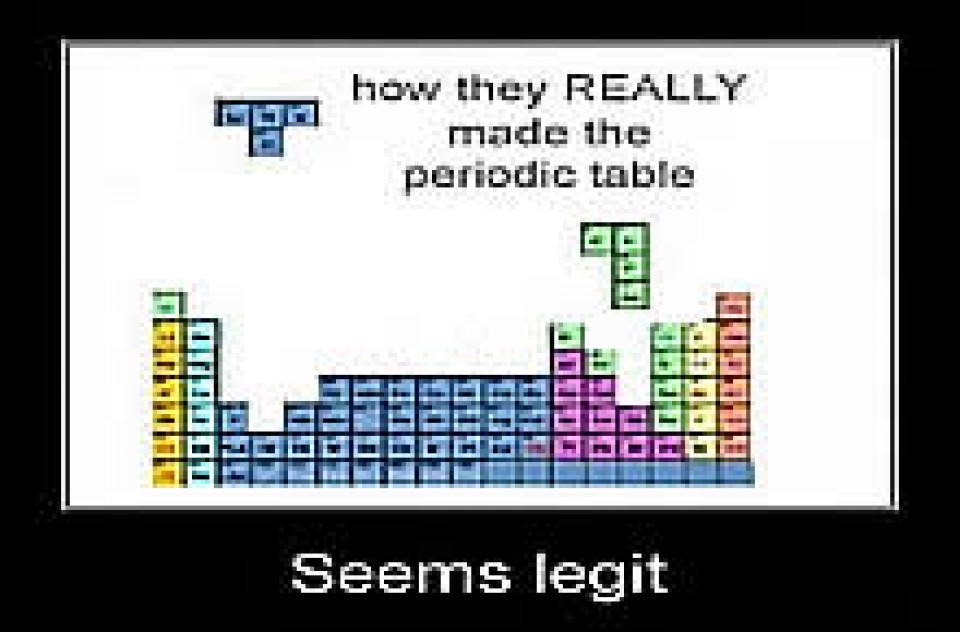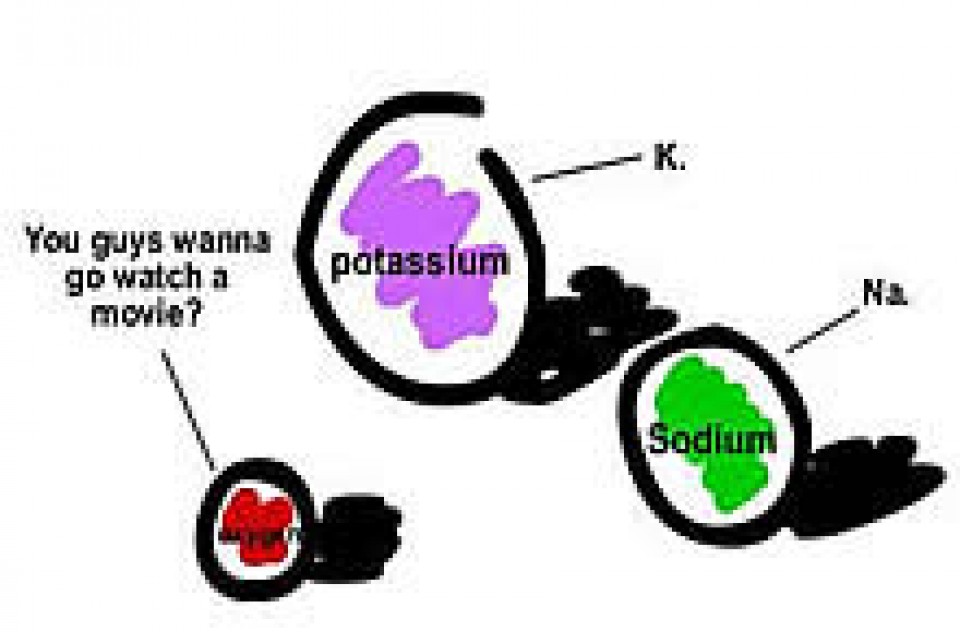[View the accompanying Scientific Notation Practice Problems here.]
What is Scientific Notation?
Scientific notation is a method of writing really large or really small numbers in a more concise form that removes all of the extraneous zeroes. For example, 0.0000000072 becomes 7.2 × 10-9 and 14,000,000 becomes 1.4 × 107.
Exponential Numbers
But first, we need to remind ourselves how exponents work. Exponents indicate that a number has been multiplied by itself. For example, we could write 7 × 7 × 7 as 73. The superscript 3 indicates that 7 was multiplied by itself three times. We call this “seven to the third power” or “seven cubed”. If you divide by the same number multiple times, like 1/4 × 1/4 × 1/4, then the exponent is 4-3. The negative sign shows that you divided by 4 three times.
Scientific Notation
In scientific notation, we use the basic format D.DD × 10n. D.DD is called the coefficient and represents the significant digits in a number. This is multiplied by the base, which is scientific notation is always 10. So when converting a number in “standard” or “decimal” notation to scientific, there are two basic steps.
Step 1: Put the decimal after the first significant digit.
Step 2: Indicate how many places the decimal moved by the power of 10.
– A positive power of 10 indicates the decimal moved to the left.
For example, 300,000,000 m/s becomes 3 × 108 m/s
– A negative power of 10 indicates the decimal moved to the right.
For example, 0.000000140 m becomes 1.40 × 10-7 m
Scientific Notation Examples
Convert the following numbers from standard notation to scientific notation:
1. The distance from the earth to the moon is 238,900 miles.
First we pull out the significant digits from 238,900. The trailing zeroes are not significant because there is no decimal place so the significant digits are 2389. Next, we want to move the decimal until it is located just after (to the right of) the first significant digit, so 2.389. How many times did we have to move the decimal to get it from it’s understood or assumed location after the last zero in 238,900 to just after the 2? It moved five times to the left so we write the scientific notation as 2.389 × 105 miles. This is correct because if we actually multiplied 2.389 by ten five times we would in fact get the original number of 238,900.
2. The mass of a dust particle is 0.000 000 000 753 kg.
The zeroes to the left of 753 are not significant because leading zeroes never are. Thus, only 753 is significant. We place the decimal after the seven giving us 7.53. How many times does to the decimal how to move from its original position to get just after the 7? It has to move ten places to the right, so the answer is 7.53 × 10-10 kg. The 10-10 basically means that you are now dividing 7.53 by ten, ten times which would in fact give us the original number.
Convert the following numbers from scientific notation to standard notation:
3. The hydrogen-oxygen bond in water is 9.584 × 10-11 m.
When we go from scientific notation back to standard we are doing the reverse of above. The × 10-11 tells us we are dividing by ten eleven times. This means the number must be very small so the decimal must move to the left eleven times. The answer is 0.000 000 000 095 84 m.
4. Mount Everest has a height of 2.9029 × 104 ft.
We take 2.9029 and multiply it by ten four times. This makes the number larger so we move the decimal to the right four places. The answer is 29,029 ft.
5. A carbon atom weighs 2.00 × 10-23 grams.
The exponent tells us we are dividing by ten twenty-three times, so this must be a very small number! Therefore, let’s move the decimal twenty-three places to the left. The final, very small answer, is 0.000 000 000 000 000 000 000 020 0 grams. Notice the two zeroes on the end because the original coefficient was 2.00 and the decimal places told us that those ending zeroes are indeed significant.
For additional practice problems on scientific notation, visit Scientific Notation Practice Problems.








